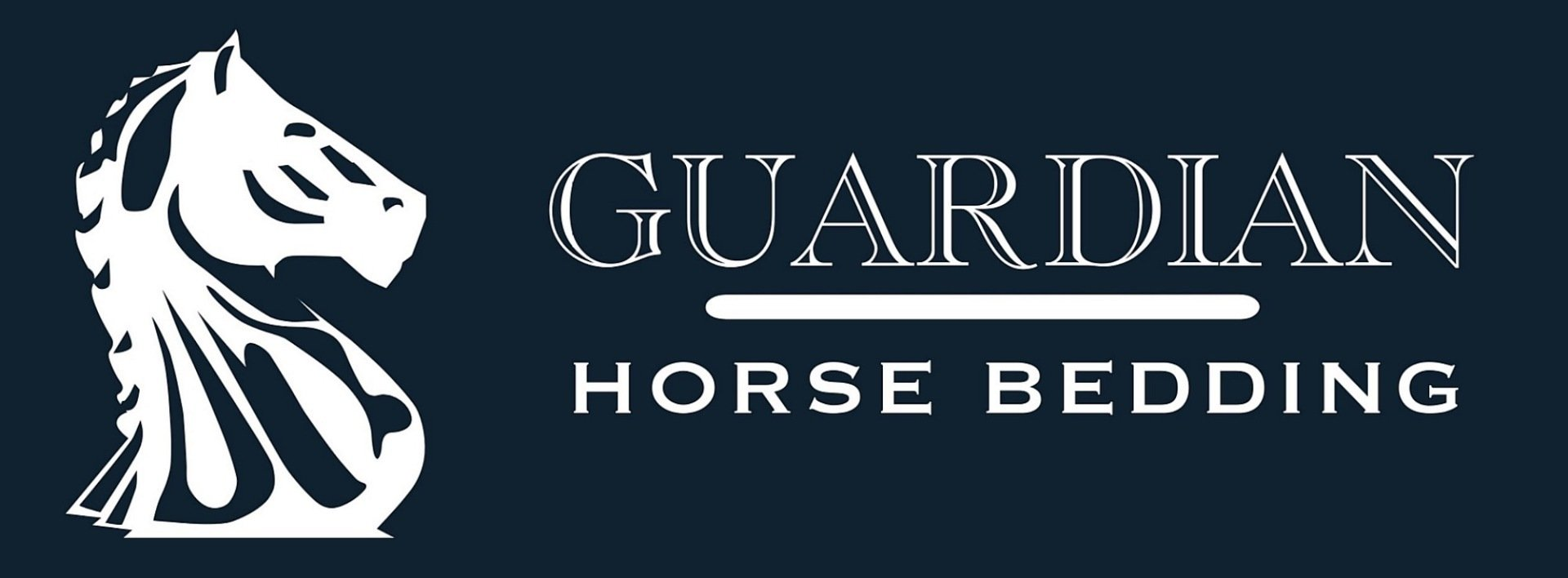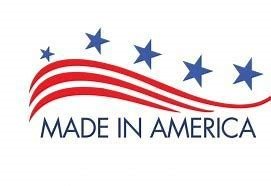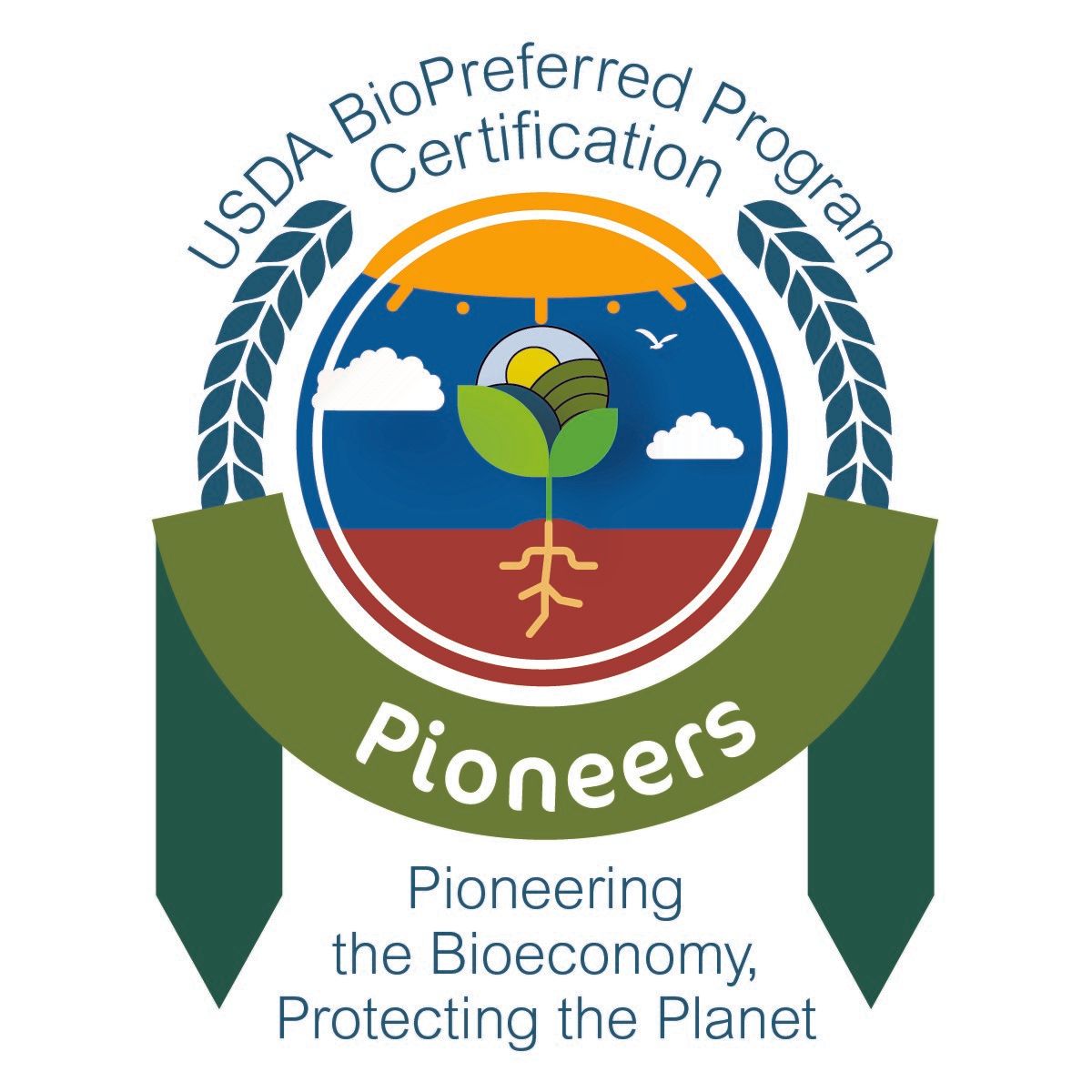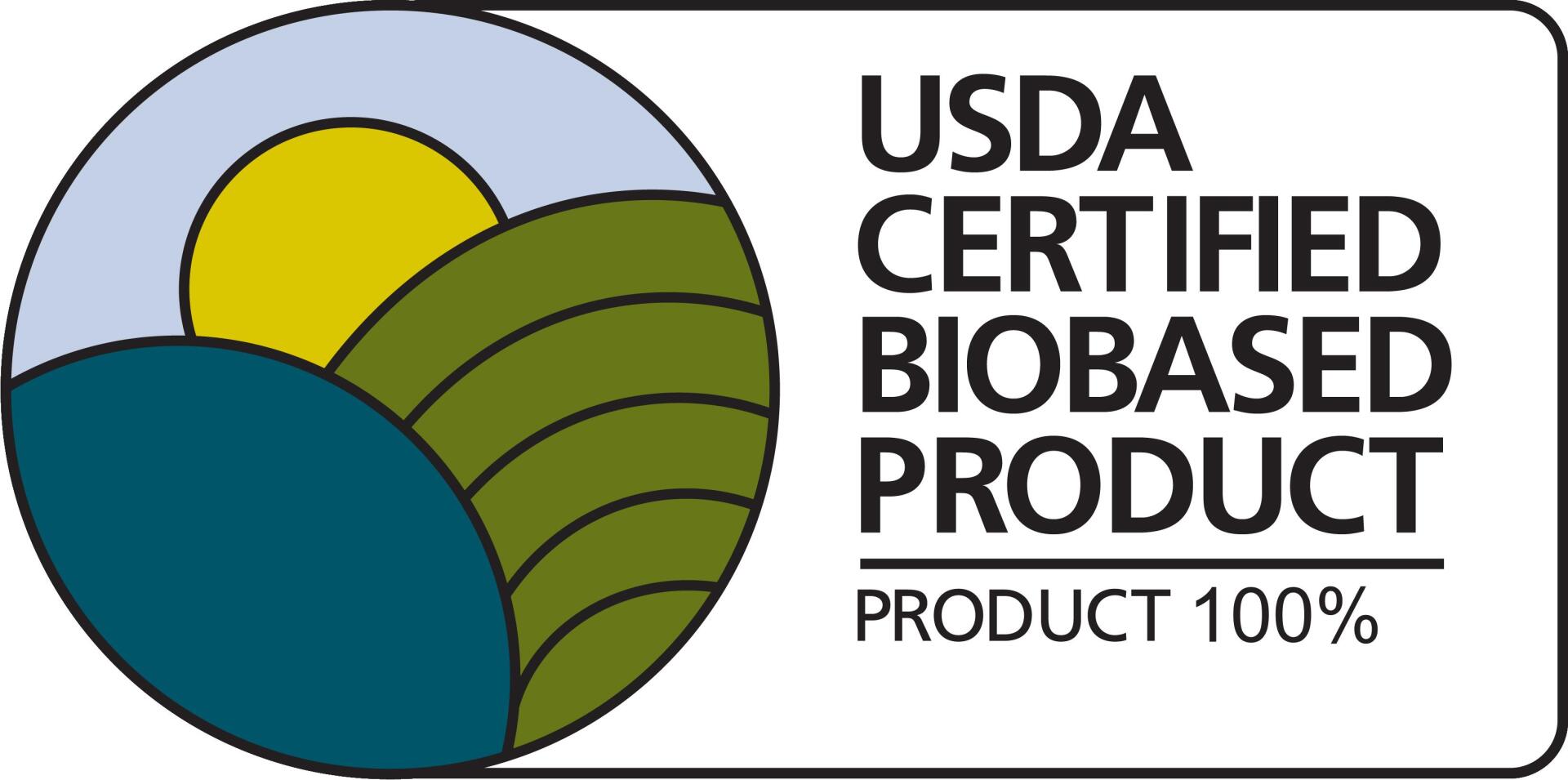Success begins in your barn…Start with your horse bedding.
Everything brought into your horse’s life and existence will produce an effect. This includes nutrition, exercise and the environment you provide. One of the profound and enduring questions equestrian enthusiasts ponder: “Is my horse better off inside or outside?”
There are many sides to this question with one not necessarily dominating the others but if your horses are stabled take a close look at the bedding product you select. Stabled horses spend between 800 and 8400 hours per year in their stall. Skin is the largest organ in the body of a horse and their skin as well as their respiratory system is exposed to the bedding in the stall.
Your horse’s stall is his home and safe place; as stewards we accept the responsibility to ensure it remains so. We are presented with more options than ever before to choose horse bedding produced from wood, paper, straw, assorted plant fibers and peat moss. But be aware that like feed, vet care and horse bedding, too, price does not always equal value. Your choice of stall bedding will have an impact on the health and performance of your horse; we hope this article, from the perspective of manufacturer as well as horse farm owner, will help you choose a safe and healthy product.
While price will be a consideration in your choice of product, consider that a low priced, poorly packaged product made with questionable or unknown materials can cost more later in vet and farrier bills, boarding disputes as well as performance issues. While the typical bedding hazards are well known to experienced horse people, newcomers to equestrian interests should now make themselves familiar with the most common and potential threats lurking in their horse bedding. The common hazards include Black Walnut (toxic), Red Maple (toxic), Black Cherry (toxic), Cedar (allergies), Cypress (allergies), dust, moisture content, mold, excessive oils… but we’re only speaking of source material here and no reputable bedding manufacturer would knowingly include these potentially fatal components into their blend.
Other dangers can also include careless manufacturing and storage practices as well. While volume statements are mandated and enforced by law, a broad and general statement regarding the contents of the bag can be misleading. While not typical, it is also not uncommon to find low priced demolition materials blended to pack out a bag and reduce costs at the point of manufacture. This can include ground up pallets, waste from construction sites and therefore, not limited to strictly wood. While it is common practice to use magnets and screens to safeguard against including foreign material in the bag it begs the question: are the safeguards fail-safe? (no); do magnets and screens need to be cleaned frequently? (yes); are the magnets and screens cleaned frequently? (maybe; maybe not). Pallet grindings run the risk of being contaminated by the materials they carried. These concerns range from poisons, chemicals, molded foods, etc. The point to consider is that a low priced bedding may be using low priced source material or, in some cases, free material that is decidedly waste and was destined for a landfill anyways. Knowledge of the contents of your bedding bag is critical to your horse’s health and well-being. If there is any doubt in your mind, don’t be shy about calling the manufacturer and questioning them about the raw material source. Most will be happy to have an opportunity to discuss their manufacturing methods, pristine raw material and commitment to excellence.
The other critical element in producing a high-quality healthy product suitable for use in a horse stall is packaging. That is to say, poor packaging and storage practices can also affect the performance and usability of an otherwise quality bedding product. Depending upon where you purchase your product, it could be stored outdoors for weeks at a time. If the product is not packed and wrapped correctly and then subsequently exposed to the elements of rain, snow, sleet, etc. you could be purchasing wet and molded product. While the obvious disadvantage is a poorly performing bedding product, the more insidious danger is the effect of mold spores to the equine respiratory system. Prolonged exposure will require veterinary care and most definitely affect your horse’s performance. Storage is not only the responsibility of the manufacturer but the retailer as well. The manufacturer could deliver a perfectly good product to the retailer, but if the pallet of bedding is opened to get a couple of bags off, not resealed properly and then left outside the exposure could then damage the remaining product and render it unusable.
Fortunately, for those of us that closely examine all of the products we bring to our horse’s lives, we have some good options for quality bedding. While properly processed pine remains the best choice for overall horse care, (absorption, ammonia and allergen control) reasoned consideration can also be given to peat moss, straw (especially for foaling stalls) as well as other softwoods such as aspen and spruce when pine is not available. Hardwoods should be avoided as lignin exposure can be toxic and hardwood will not absorb as well as softwood, as well as any product that contains pallet or demolition material (such as can be determined).
Use this checklist when assessing your current or a new source:
- What is the full ingredient list of the product in the bag?
- Do you use any fillers like ground pallets, construction or other post-consumer wood waste?
- Is the wood high heat treated to a moisture content below 12%? (important to avoid mold in the bag)
- What temperature is the treatment? ( this is important in assessing removal of potential allergens)
- Where is the product produced? (city and state – be suspicious if this can’t be provided)
- Are the shavings screened to remove dust?
Can I receive a small sample of the material that represents what will be in the bag? - How long have you been manufacturing horse bedding?
- Do you have any third party testing results available?
Equustock has been producing Guardian Horse Bedding uninterrupted since 2001. We use only approved 100% bio-based raw material sources for all of our products. We manufacture an exclusively pine product in our Premium Flake Shavings, Gold Standard Small Shavings, Swift Pick Mini Shavings and Premium Bedding Pellet. Our manufacturing process includes multiple levels of high heat treatment, aspiration and screening to produce 4 distinct and unique products in the equine bedding marketplace to cover the scope of preference among the most discerning and caring horse caretakers. Our packaging protocols are second to none to ensure a safe and consistent product from plant to farm.
Guardian Horse Bedding was conceived and created by horse people for the horses they love. It can be your safe resource for the horses you love, too. If Guardian Horse Bedding is not in your area, feel free to call us and discuss your regional bedding choices.
Equustock, LLC
Guardian Horse Bedding
Serving Our National and International Clients from Multiple Plant Locations Throughout the United States.
Guardian Horse Bedding is a brand of Equustock OPCO, LLC. Visit our Equustock website here: www.equustock.com
Shipping to our Retail, Farm, Show, University, Mounted Police, Livestock Haulers, Livestock Producers and other discriminating customers in Alabama, Arkansas, Colorado, Connecticut, Delaware, Florida, Georgia, Idaho, Illinois, Indiana, Iowa, Kansas, Kentucky, Louisiana, Maine,
Maryland, Massachusetts, Michigan, Minnesota, Mississippi, Missouri, Montana, Nebraska, Nevada, New Hampshire, New Jersey,
New Mexico, New York, North Carolina, North Dakota, Ohio, Oklahoma, Oregon, Pennsylvania, Rhode Island, South Carolina, South Dakota,
Tennessee, Texas, Utah, Vermont, Virginia, Washington, West Virginia, Wisconsin, Wyoming.
Incredible equestrian facilities in the Middle East, Europe and Asia.








Share On: